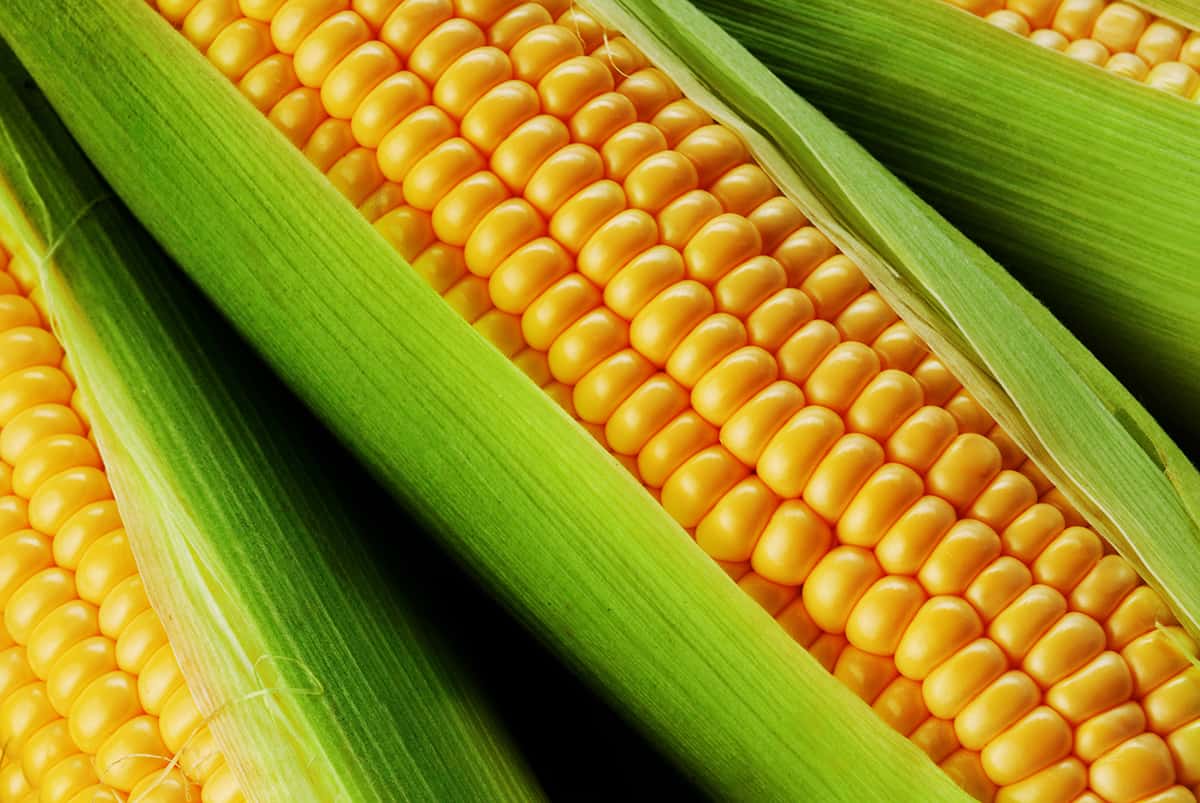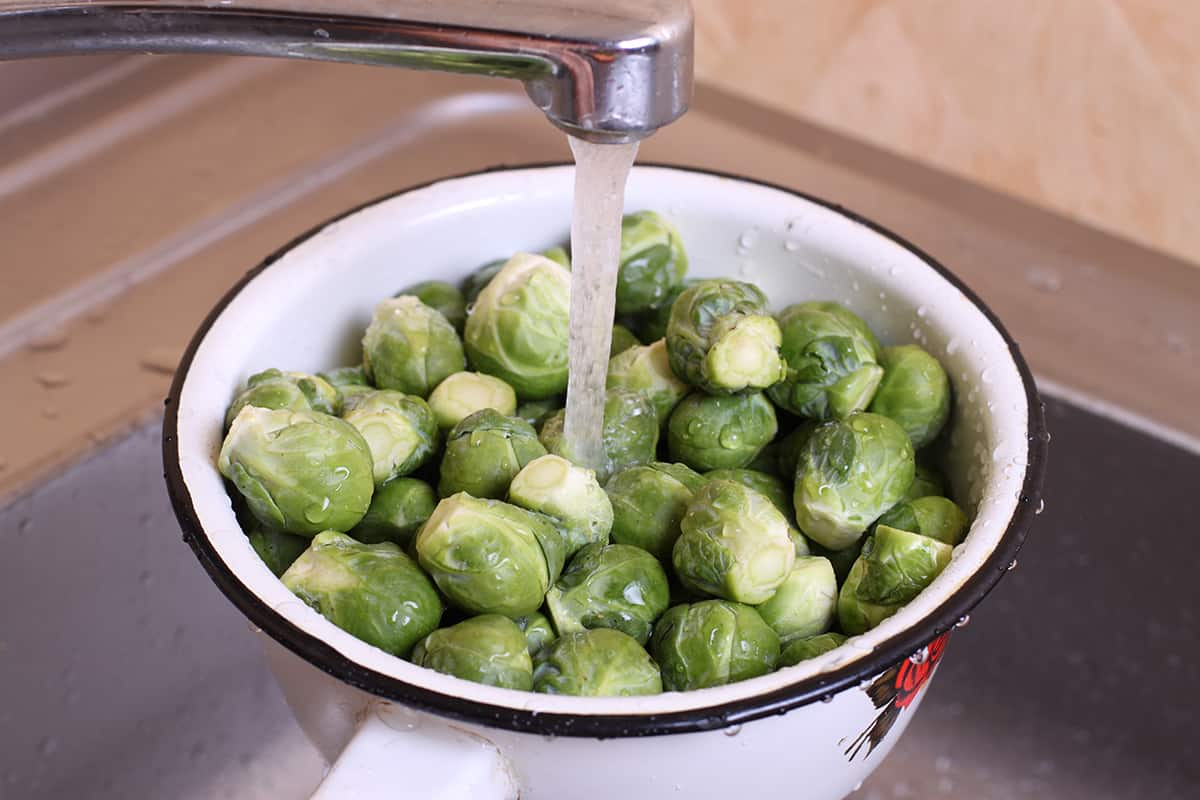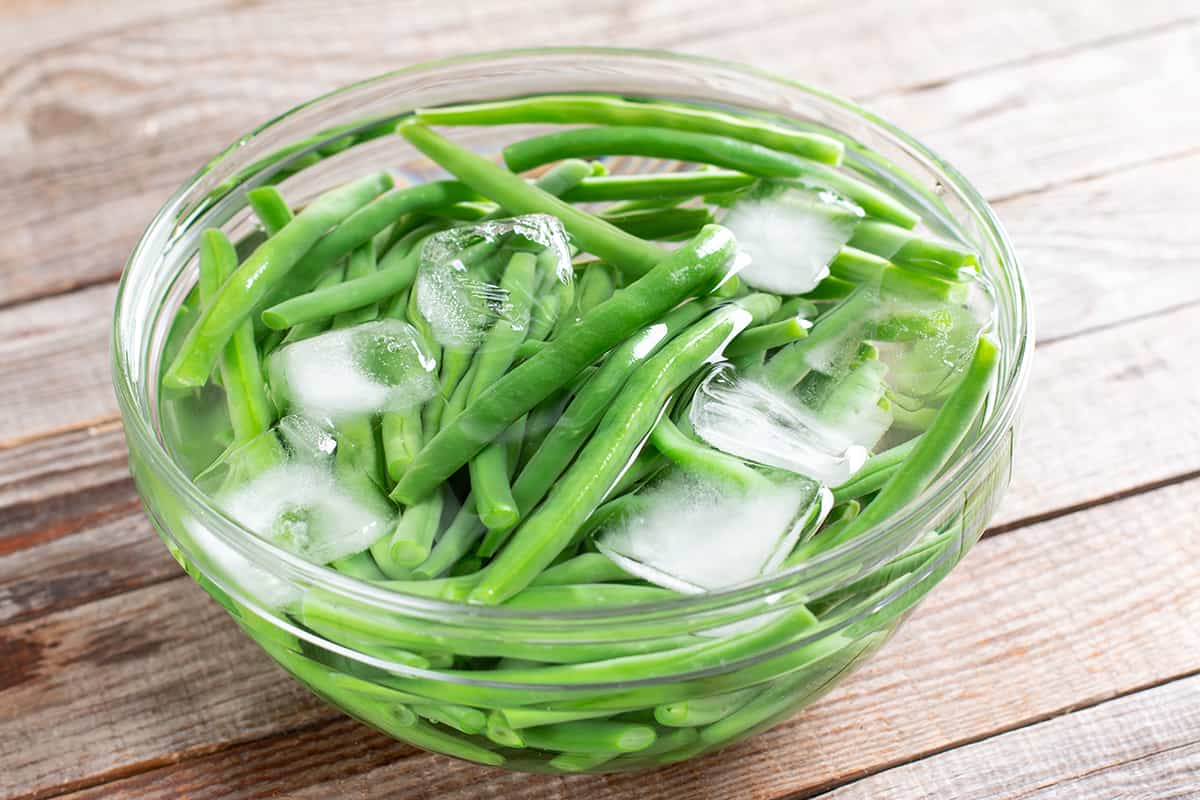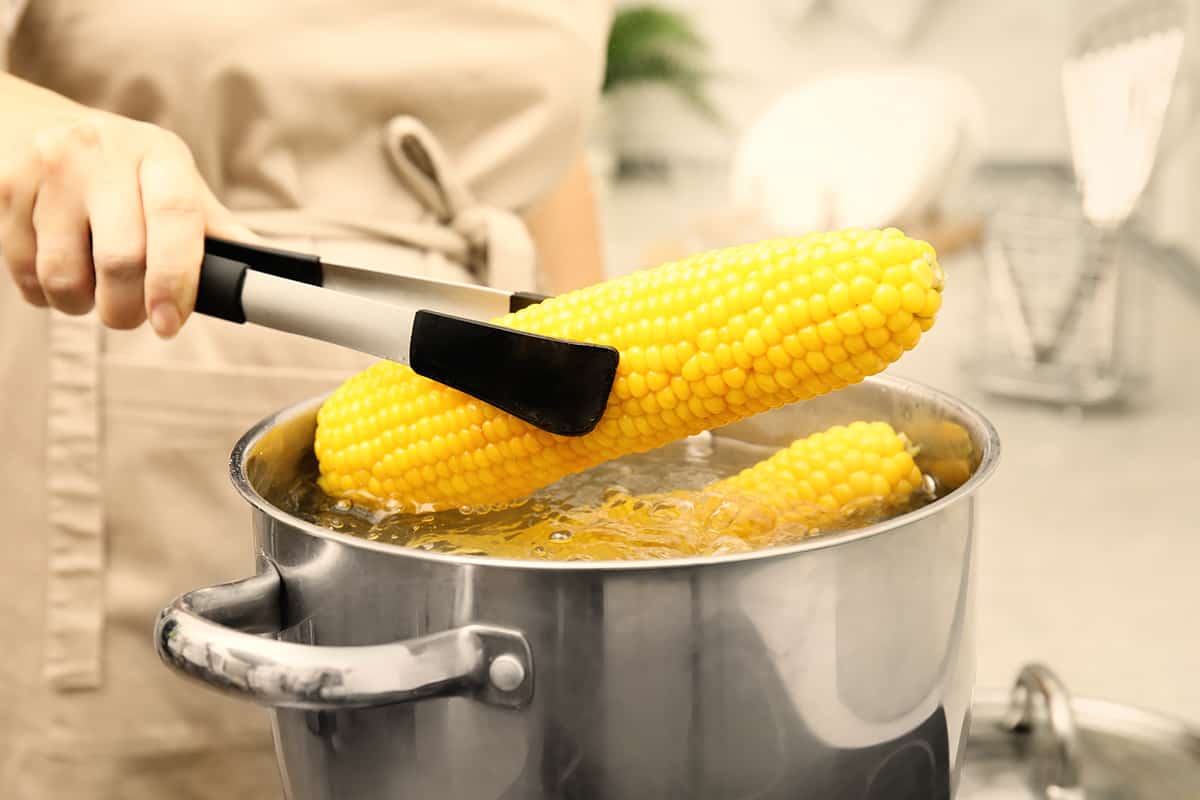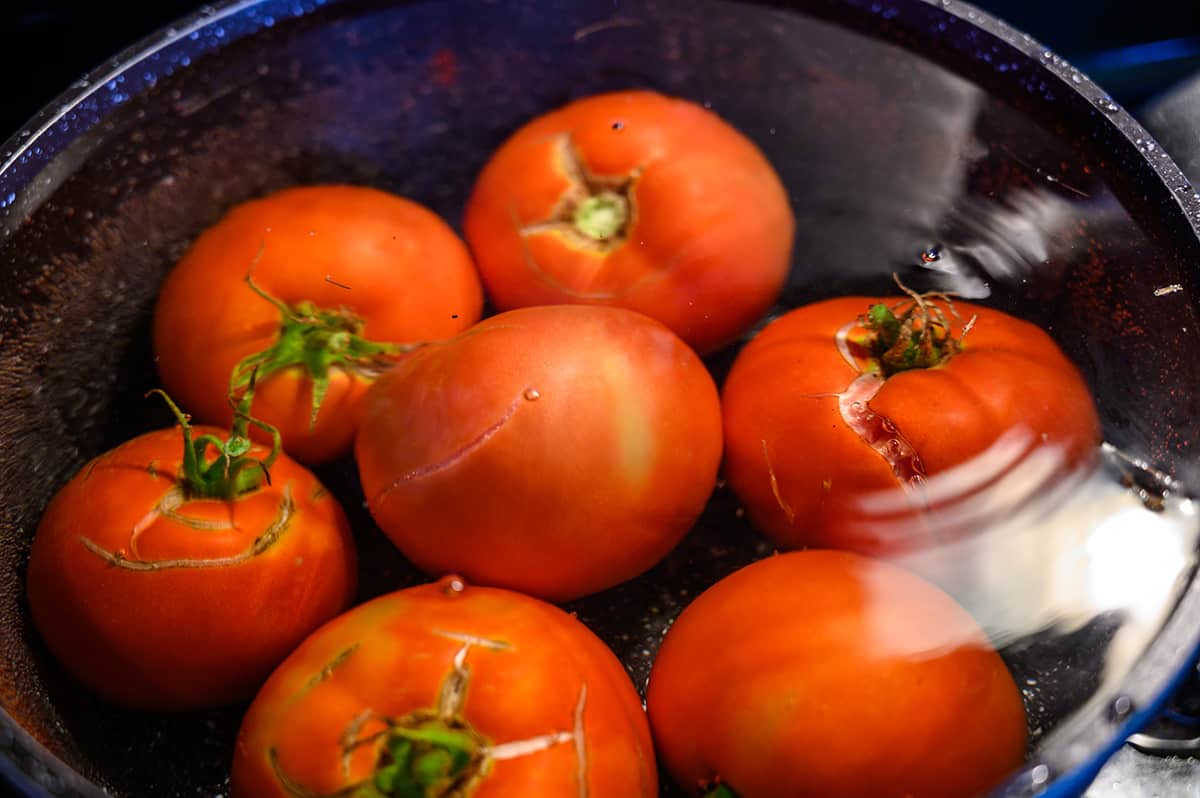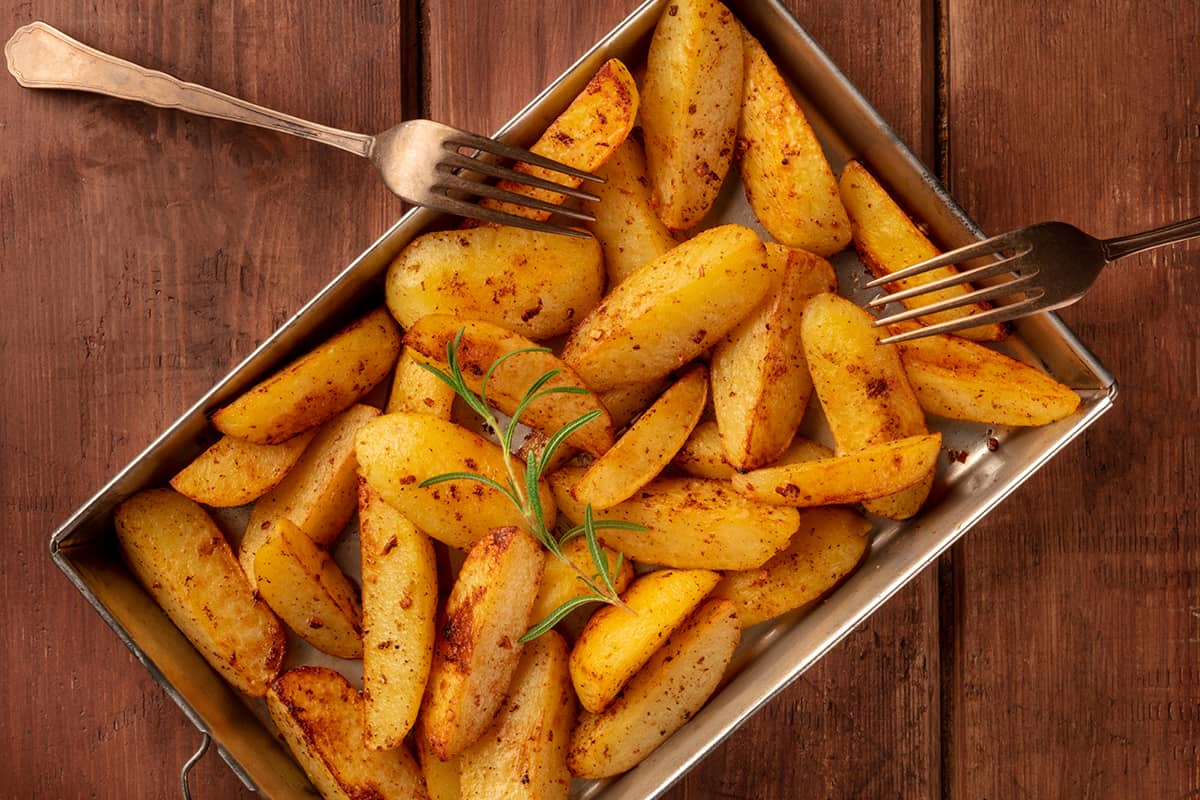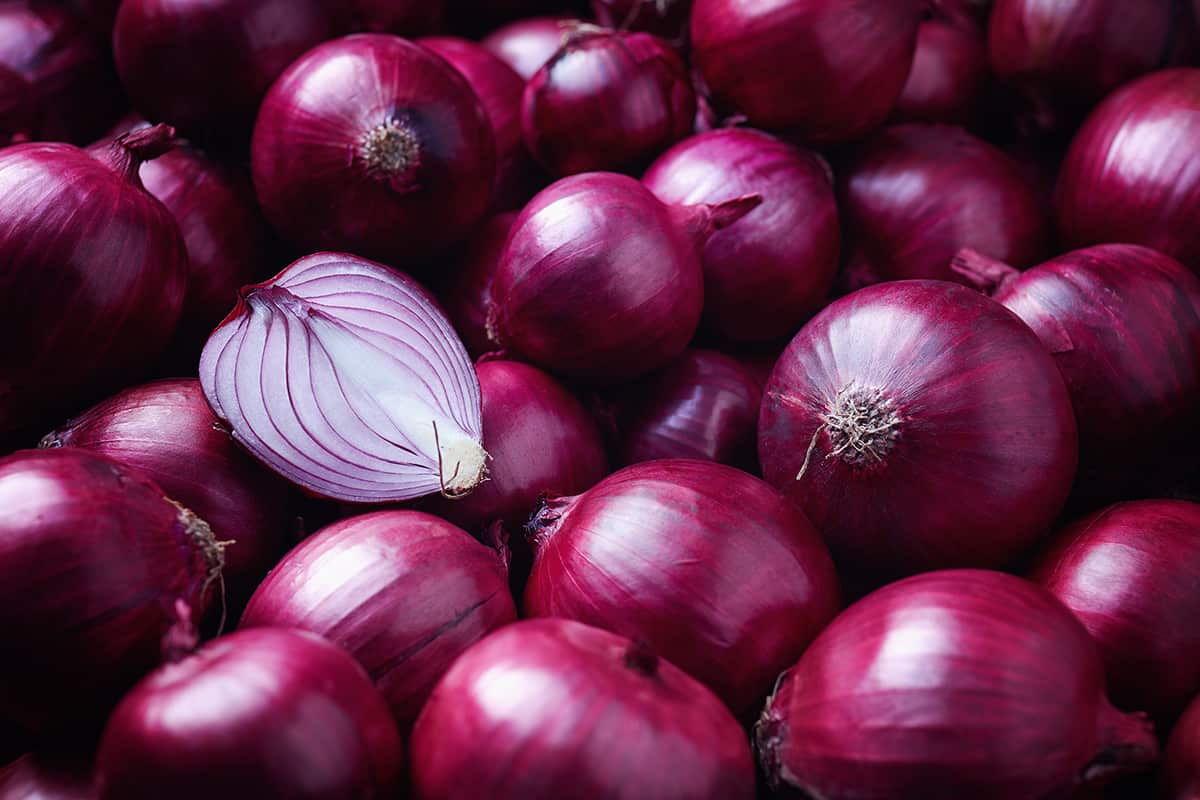One of the upsides of eating processed or canned foods is that they don’t go bad nearly as quickly as fresh food. However, while canned corn can remain edible years after purchase, it lacks the nutrition you’d get from fresh corn on the cob. The only question to ask ourselves is how long before corn on the cob begins to rot?
Shucked corn on the cob will not last longer than a few hours at room temperature and should be used immediately. However, you can extend its lifespan to 3 days by sticking it in the fridge or up to 8 months by placing it in the freezer.
Of course, there are all sorts of variables that can affect the actual lifespan of unshucked, shucked, and cooked corn on the cob, which is what I will cover down below.
What Is Corn on the Cob?
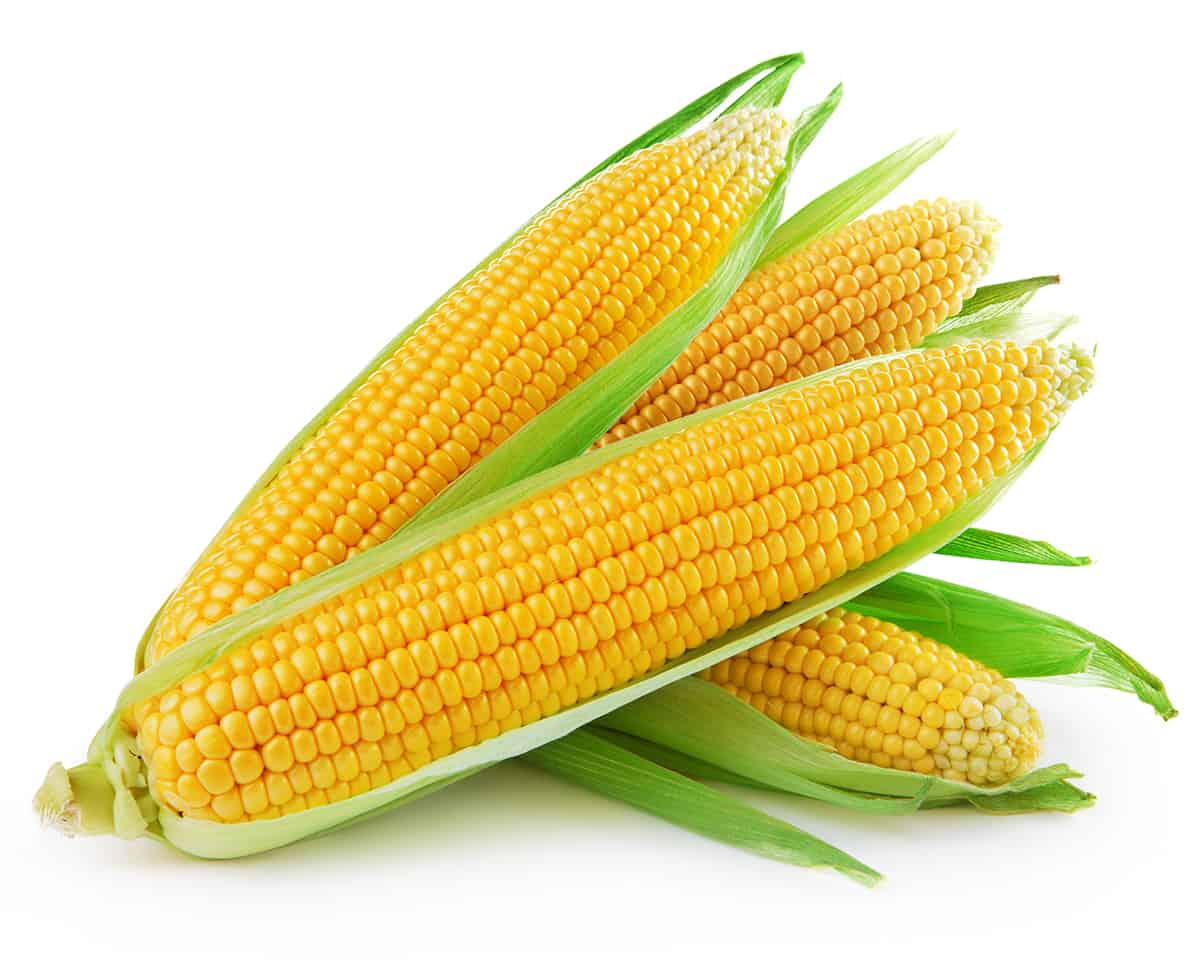
Corn on the cob is simply an ear of corn that still has its kernels. The cob, which is the remaining portion of the corn after you have devoured or removed the individual kernels, makes up about 80% of the ear of corn’s entire weight.
From a technical standpoint, corn on the cob can refer to husked or shucked corn. The cornhusk—the green exterior of the corn with the silk still attached to one end—serves to prevent the corn from drying out. As such, you should only shuck your corn when you’re ready to use it.
How Long Does Corn on the Cob Last?
Unshucked, shucked, and cooked corn on the cob have varying lifespans, so it’s important to note how you have prepared the corn beforehand.
In addition, how you store the corn on the cob will affect its freshness over the course of a few hours to a couple of days. Generally speaking, refrigerating corn will allow it to remain fresher for longer as opposed to leaving it out at room temperature. However, if you want the corn to remain “fresh” as long as possible, your only option is to freeze it.
The following table will provide insight on how long unshucked, shucked, and cooked corn on the cab can last at room temperature, in a refrigerator, or in a freezer.
| Storage Environment | Unshucked Raw | Shucked Raw | Shucked Cooked |
| Room Temperature | 2 hours | 2 hours | 4 hours |
| Refrigerator | 1-3 days | 3 days | 3-5 days |
| Freezer | 8 months | 8 months | 10-12 months |
How Do I Store Corn on the Cob?
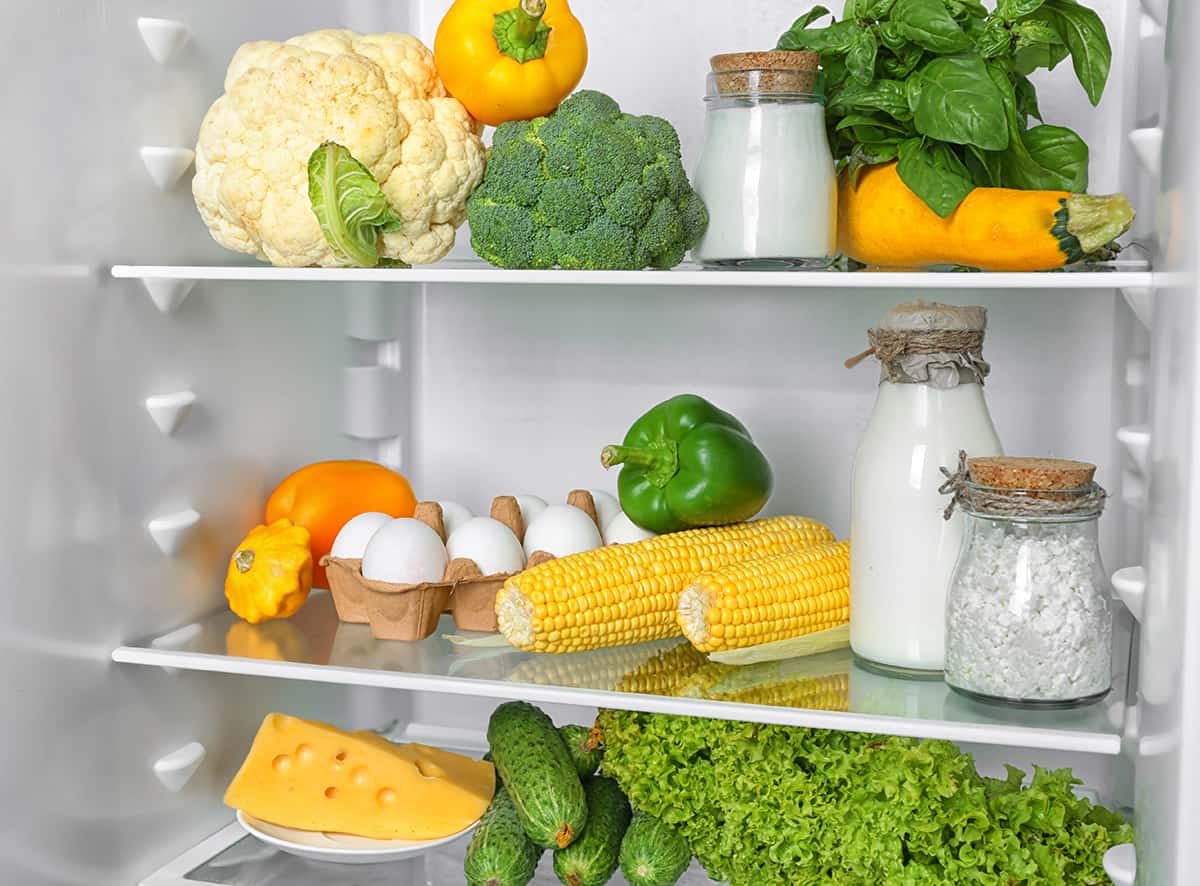
Regardless of the state of your corn on the cob, it’s a good idea to stick it in the refrigerator whenever it’s not in use. That way, you will have a couple of days (or months in shucked raw corn on the cob’s case) to think of how you’re going to use it in future recipes.
Like any food item, corn is susceptible to heat, moisture, and oxygen. The more of these three elements your corn on the cob is exposed to, the quicker it will dry out, lose its natural sweetness, or spoil. So, the best thing you can do to keep your corn on the cob fresher for longer is by placing it in an airtight container before sticking it in the fridge.
As for raw shucked corn on the cob, without its husk, it may still be prone to drying out over time. To prevent this from happening, wrap the raw shucked ear of corn in aluminum foil (heavy-duty works best) before placing it inside the fridge. Alternatively, you can use saran wrap, but try to limit its exposure to sunlight as much as possible.
How Do I Safely Store Cooked Corn on the Cob?
Like raw corn, the best thing you can do is to stick cooked corn in your refrigerator or freezer. However, there is one important step you must follow before doing so.
Since heat has already been introduced to cooked corn, there’s a good chance that the corn kernels still retain some heat or level of moisture within. So, before you place cooked corn in the fridge or freezer, make sure you wait at least 2 hours for the cooked corn to come down to room temperature and release all of its heat and moisture. That way, the corn will not release moisture inside the airtight container, which has the potential for accelerating mold growth.
Here’s a step-by-step guide you can follow to properly store cooked corn on the cob after boiling it.
- Transfer the cooked corn on the cob to a bath of ice water. Alternatively, you can let it sit in a bowl at room temperature for 2 hours or until the corn is completely cool.
- Drain the corn on the cob thoroughly. Make sure there is as little moisture in the bowl and on the corn as possible. Residual moisture droplets can become the perfect breeding ground for bacteria.
- Wrap the cooked and cooled corn on the cob in heavy-duty aluminum foil or saran wrap. Make sure you wrap it tightly in order to remove as much air as possible.
- Place the wrapped corn on the cob inside an airtight container or vacuum-seal bag. You can also use a Ziploc bag, but you should use a stray to suck all of the air out as possible after inserting the corn on the cob.
- Place the airtight container or bag inside your fridge or freezer. Don’t forget to date the container or bag so you know when it was cooked, wrapped, and stored.
Another good tip you should follow is to de-kernel the corn on the cob before storing it in a fridge or freezer. The cob may retain a ton of moisture even after allowing it to come down to room temperature, so removing the kernels from the major source of moisture is a great way to extend the lifespan of your corn. However, you cannot technically call it “corn on the cob” any longer after you de-kernel the corn.
But if you’re like, then you probably don’t have any leftover corn on the cob to store in your fridge, especially if you serve it with a generous slab of salted butter!
